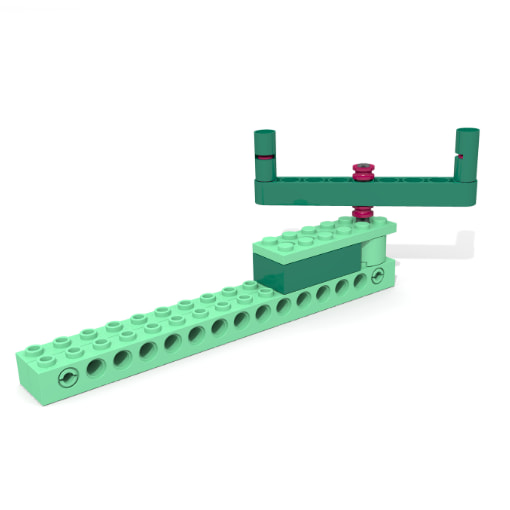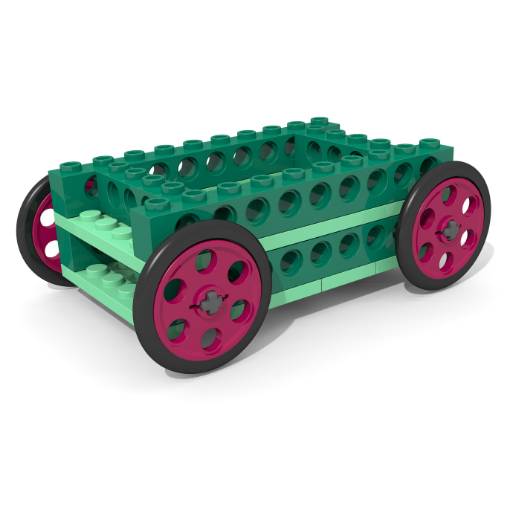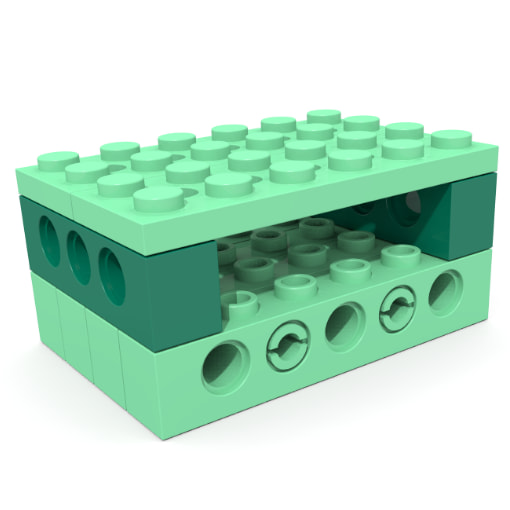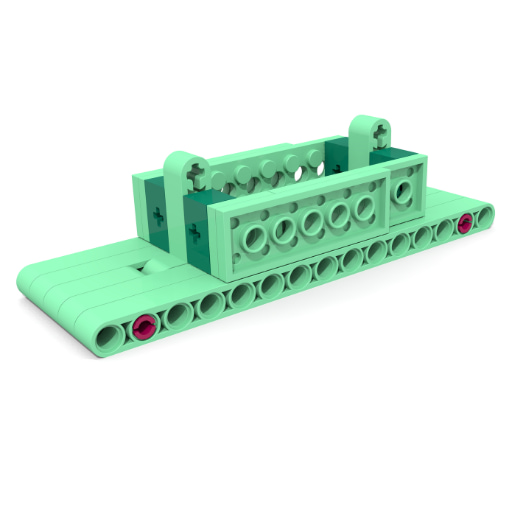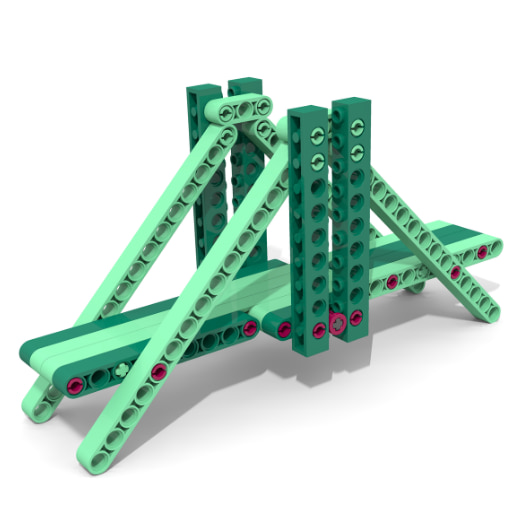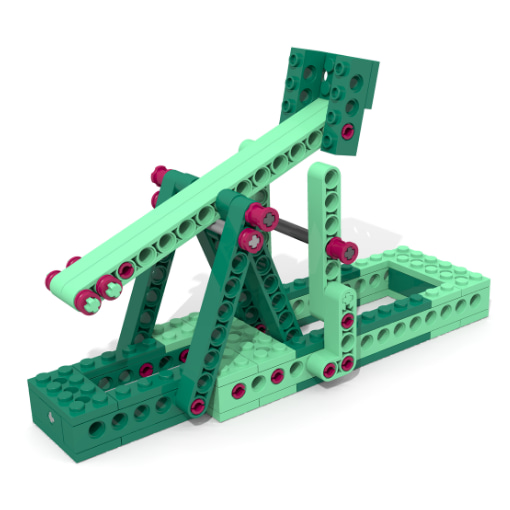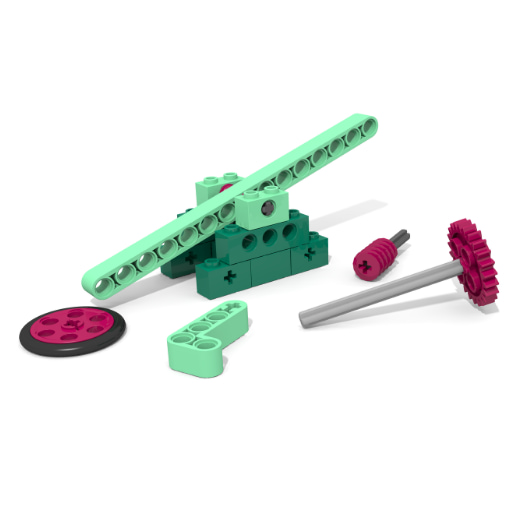Students are introduced to Newton’s three laws of motion – Newton’s first law of motion (inertia), Newton’s second law of motion (F=ma) and Newton’s third law of motion (for every action, there is an equal and opposite reaction).
The ‘But, Why?’ lessons and activities
Featuring ‘Whysheets,’ ‘Notice and Wonder sheets,’ and ‘WOW sheets,’ students will be taken on a learning journey, discovering and presenting answers using sound engineering and scientific practices.
The But, Why? investigations help students invest in their learning through active, hands-on science and engineering. The ‘why’ question format drives the inquiry nature of each investigation, exploring different aspects of physical science and engineering.
Each lesson activity contains the required student activity sheets, build guides and a comprehensive teaching guide to ensure your students get the most out of Whybricks.
Why do some roads have truck escape ramps?
This investigation is all about scientific inquiry, getting students to plan and carry out investigations exploring Newton’s second law (F=ma), gravity and inclined planes.
Why don’t you float away when you jump?
Students begin their exploration at the foundational level of understanding gravity as the force that ‘makes things fall down’ before moving on to learning about gravitational acceleration and air resistance.
Why don’t snowboards need wheels?
This investigation is all about scientific inquiry, getting students to plan and carry out investigations to explore friction and inclined planes using two types of Whybricks snowboards.
Why don’t bridges collapse in the middle?
This project investigates two forces that make bridges useful to people: normal force and tension. Students first investigate how normal force allows a bridge to support a load.
Why do swings swing?
This investigation is all about scientific inquiry, getting students to plan and carry out investigations exploring levers, potential and kinetic energy, and Newton’s second law (F=ma).
Why do rubber bands snap back?
This investigation is all about scientific inquiry, getting students to plan and carry out investigations exploring potential and kinetic energy as well as Newton’s second law (F=ma).
Why is riding a bicycle faster than running?
In this investigation, students explore the fundamentals of how gears work, including mated gears of different sizes. They then work through the engineering design process as they iterate and test a design.
Why don’t playgrounds use motors?
This semi-open-ended lesson offers students a chance to demonstrate their understanding of physical science forces and simple machines in an engineering creation of their own design.

